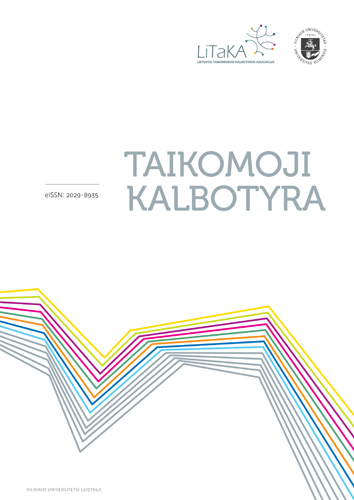Formulaic language is not all the same: comparing the frequency of idiomatic phrases, collocations, lexical bundles, and phrasal verbs
Formulaic language is not all the same: comparing the frequency of idiomatic phrases, collocations, lexical bundles, and phrasal verbs
Author(s): Laura VilkaitėSubject(s): Language and Literature Studies, Applied Linguistics, Lexis, Language acquisition
Published by: Vilniaus Universiteto Leidykla
Keywords: vocabulary studies; formulaic language; collocations; phrasal verbs; idiomatic phrases; lexical bundles;
Summary/Abstract: Formulaic language is widely acknowledged to be a central part of a language. However, it is heterogeneous in nature, made up of various formulaic categories with their own characteristics and behaviour. A first step towards systematically describing the relationship between these categories is to describe their distribution in language. This study investigated the frequency of occurrence of four categories of formulaic sequences: collocations, phrasal verbs, idiomatic phrases, and lexical bundles. Together the four categories made up about 41% of English, with lexical bundles being by far the most common, followed by collocations, idiomatic phrases and phrasal verbs. There were differences in the frequencies of each category in the overall corpus, and also in the four registers analysed (academic prose, fiction, newspaper language, and spoken conversation). Language mode (spoken/written) had a substantial effect on the frequency distribution of the categories as well.
Journal: Taikomoji kalbotyra
- Issue Year: 2016
- Issue No: 8
- Page Range: 28-54
- Page Count: 27
- Language: English

